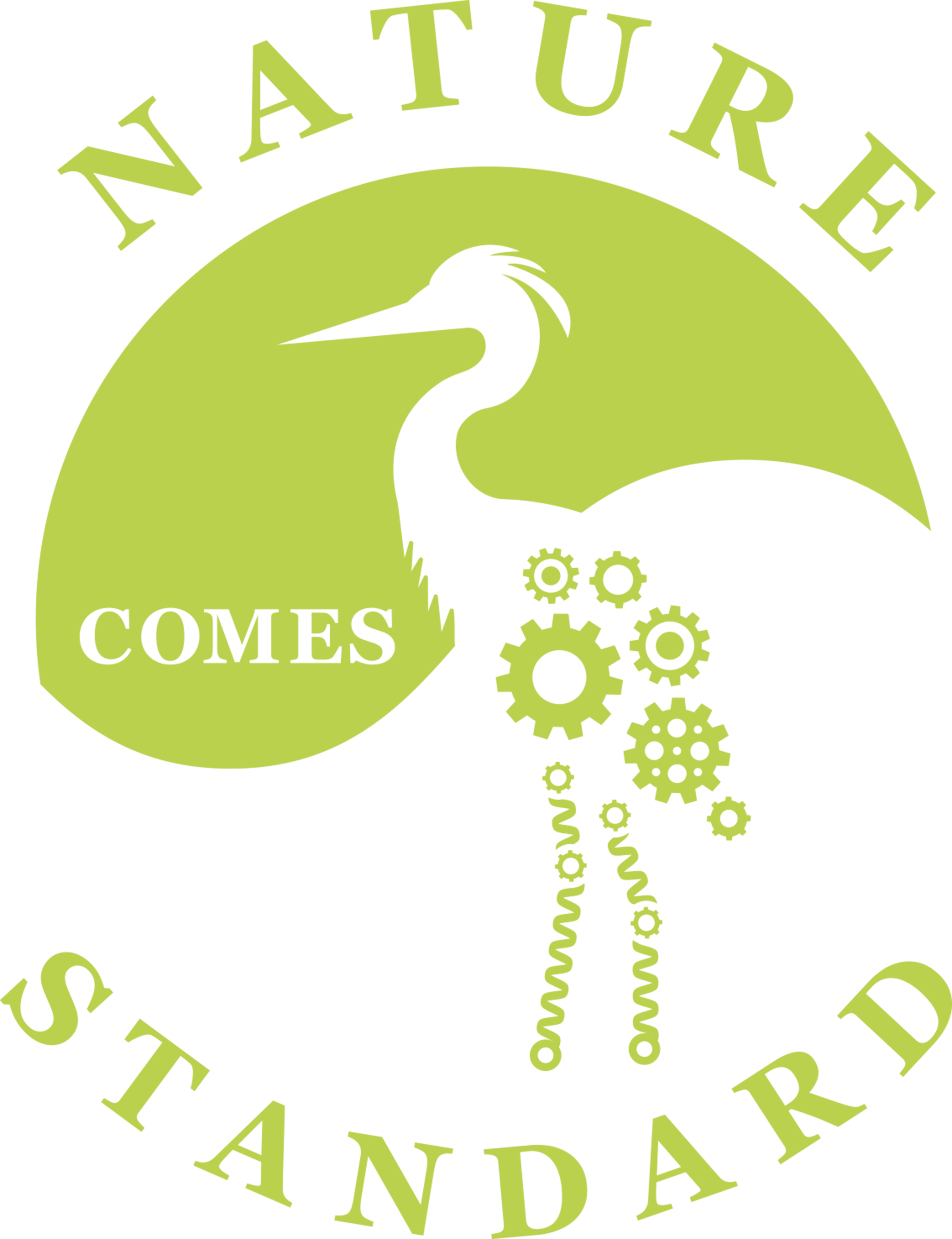Snakes Inspire Slippery Surfaces

During my walk with Cheetah, my 7.5-year-old Boxer-mix, I noticed a garter snake paused upon a straw-covered, newly planted patch of grass. As a child growing up in the woods, I used to see these snakes often. Except for a wildlife park, this snake is the first one I've seen up close in many years. With Cheetah on a sit-stay and trying not to scare the snake away, I crept in close for a better iPhone picture. I was attempting to snap a photo when its air-smelling tongue extended required a series of unsuccessful tries before finally captured the tongue in action. Similar to the sharkskin-inspired Olympic swimsuit by Speedo, the snakeskin has inspired reduced friction concepts. A snake's skin must master both aspects of friction to gain traction for motion and non-friction for low energy induced high velocity. Research performed at the Karlsruhe Institute of Technology in Germany compared different snake scale shapes and sizes inspired by the ball python's underbody scales. On non-lubricated surfaces, researchers discovered the nature-inspired design to have a 40% decrease in friction compared to an equivalent flat surface. [1]
Another champion reptile is the sandfish skink. This lizard "swims" through sand due to its low friction outer skin. Its skin's abrasion resistance is greater than steel and a lower friction coefficient than steel (0.35 vs. 0.47). In comparison, the non-sand-swimming skink has a friction coefficient of 0.74. The Sandfish Skink has evolved an outer skin made of glycosylated keratins with sulfur to produce a low-friction surface. [2]
Friction challenges engineers daily, and reduced friction could improve fuel economy and ride quality in vehicles. Wind turbines could produce more energy per blade rotation. Decreased wear will lengthen many durable goods' lifecycle, diverting them and their parts from the landfill. Perhaps, these slippery reptiles could even inspire any application that uses the non-life-friendly chemical Teflon (PTFE) to use an alternative friction reduction material. What other innovative applications could benefit from reduced friction?
References:
Greiner, Christian and Schäfer, Michael (2015) Bio-inspired scale-like surface textures and their tribological properties. Bioinspiration & Biomimetics Journal, Volume 10, Issue Number 4
Vihar, Boštjan, Hanisch, Franz Georg, and Baumgartner, Werner (2016). Neutral glycans from sandfish skin can reduce friction of polymers. Journal of the Royal Society Interface, Vol 13, Issue 116.





